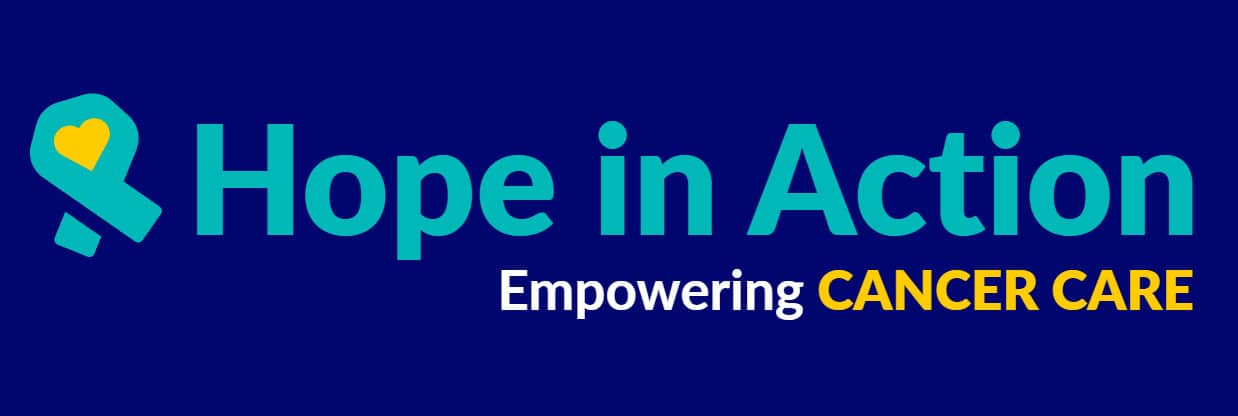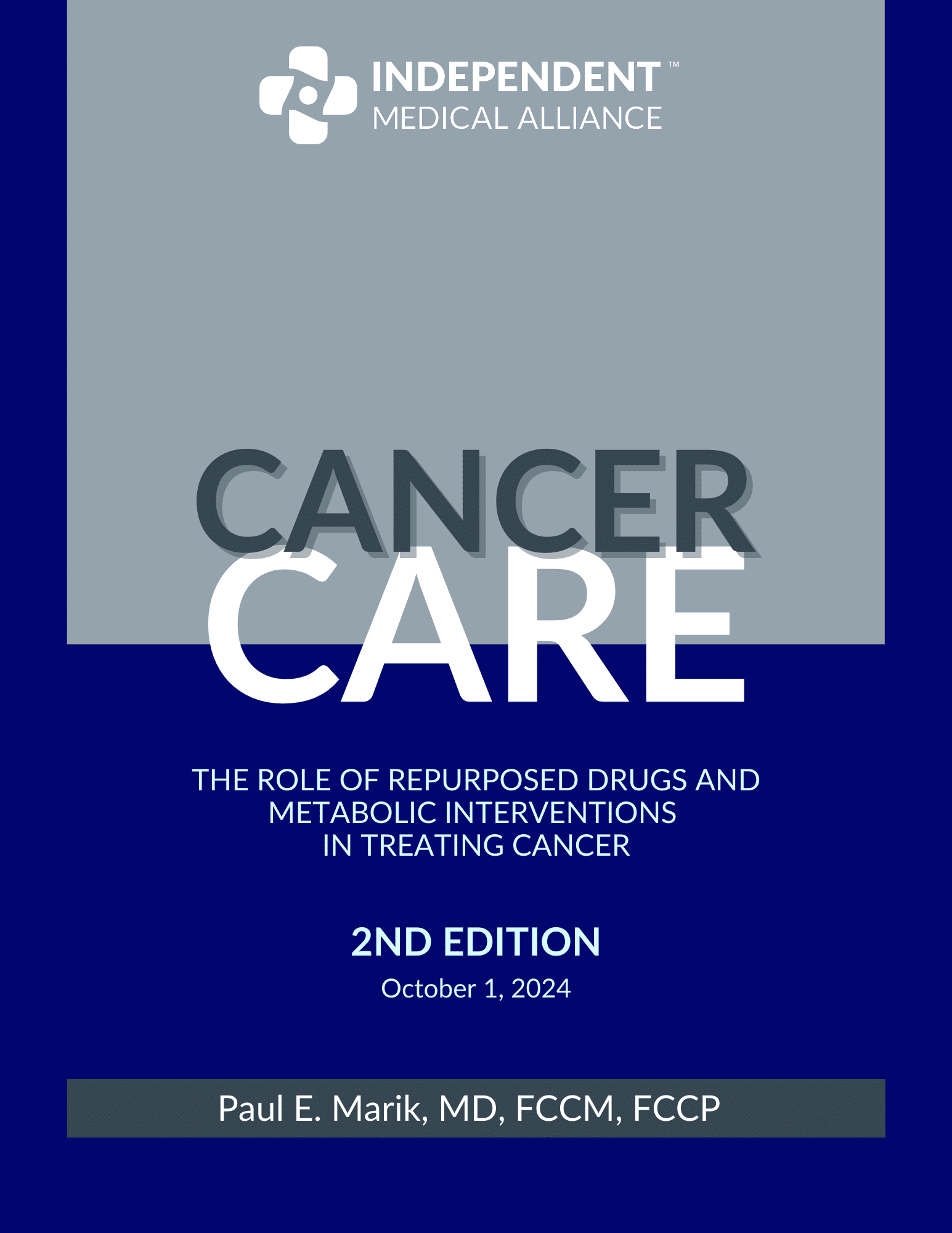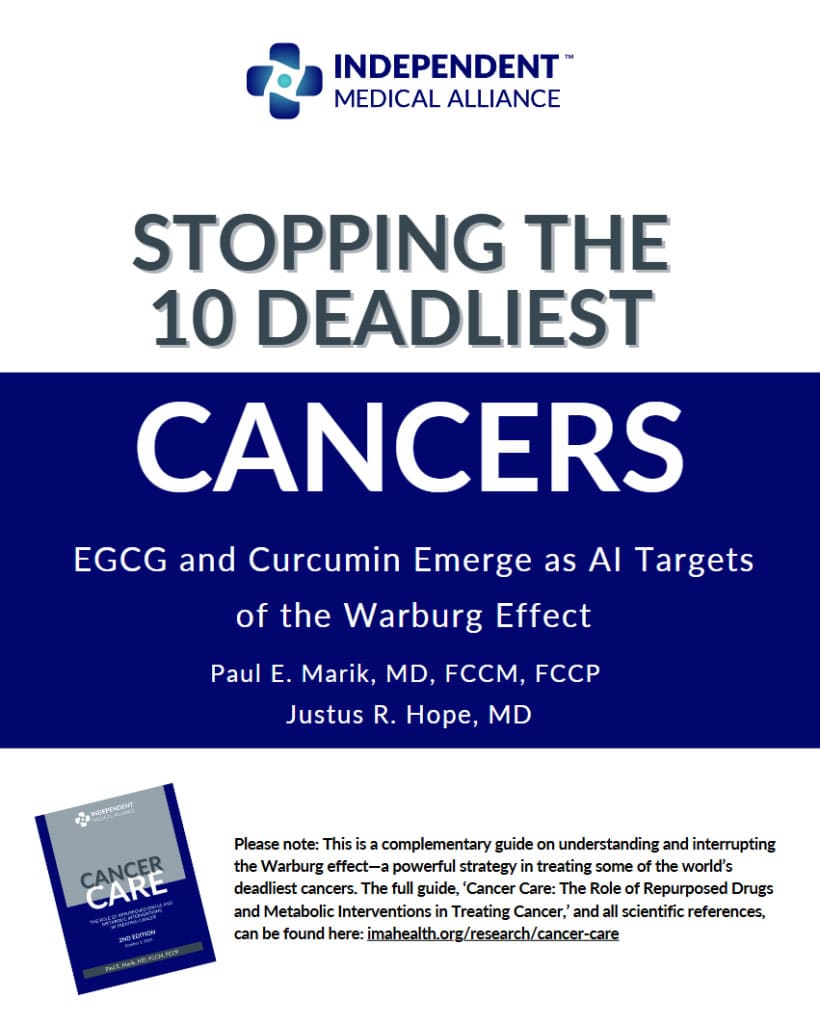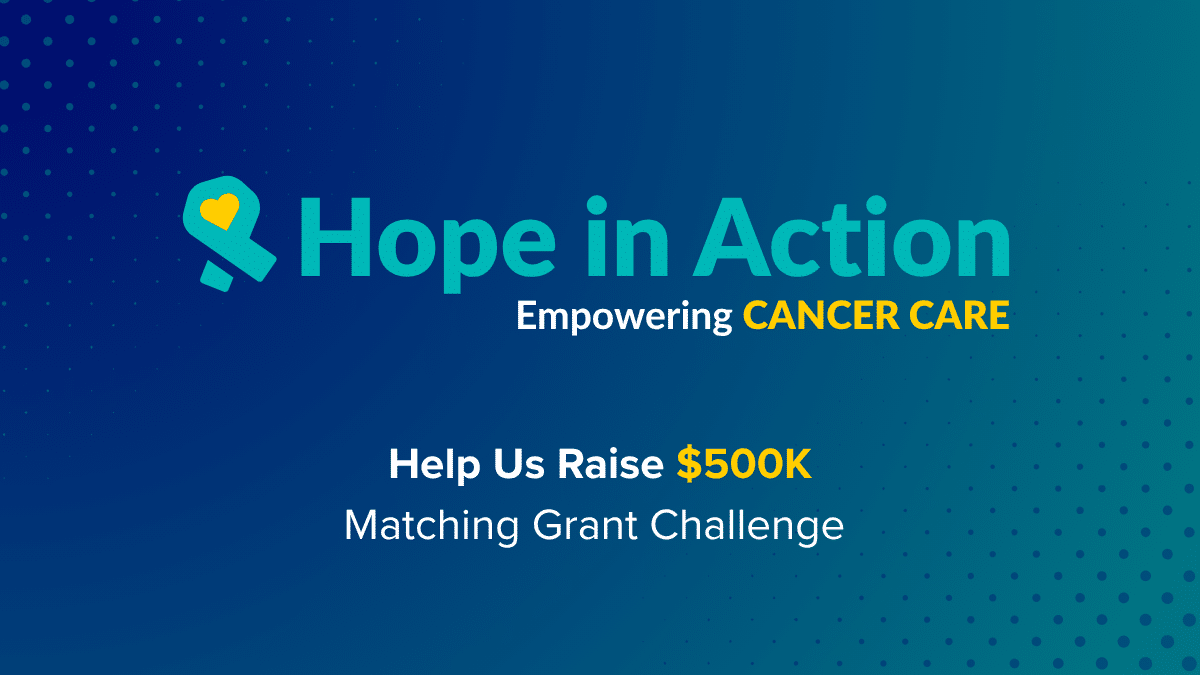Each year, Americans donate billions to fight cancer—yet diagnoses and deaths keep rising. Where is the money going?
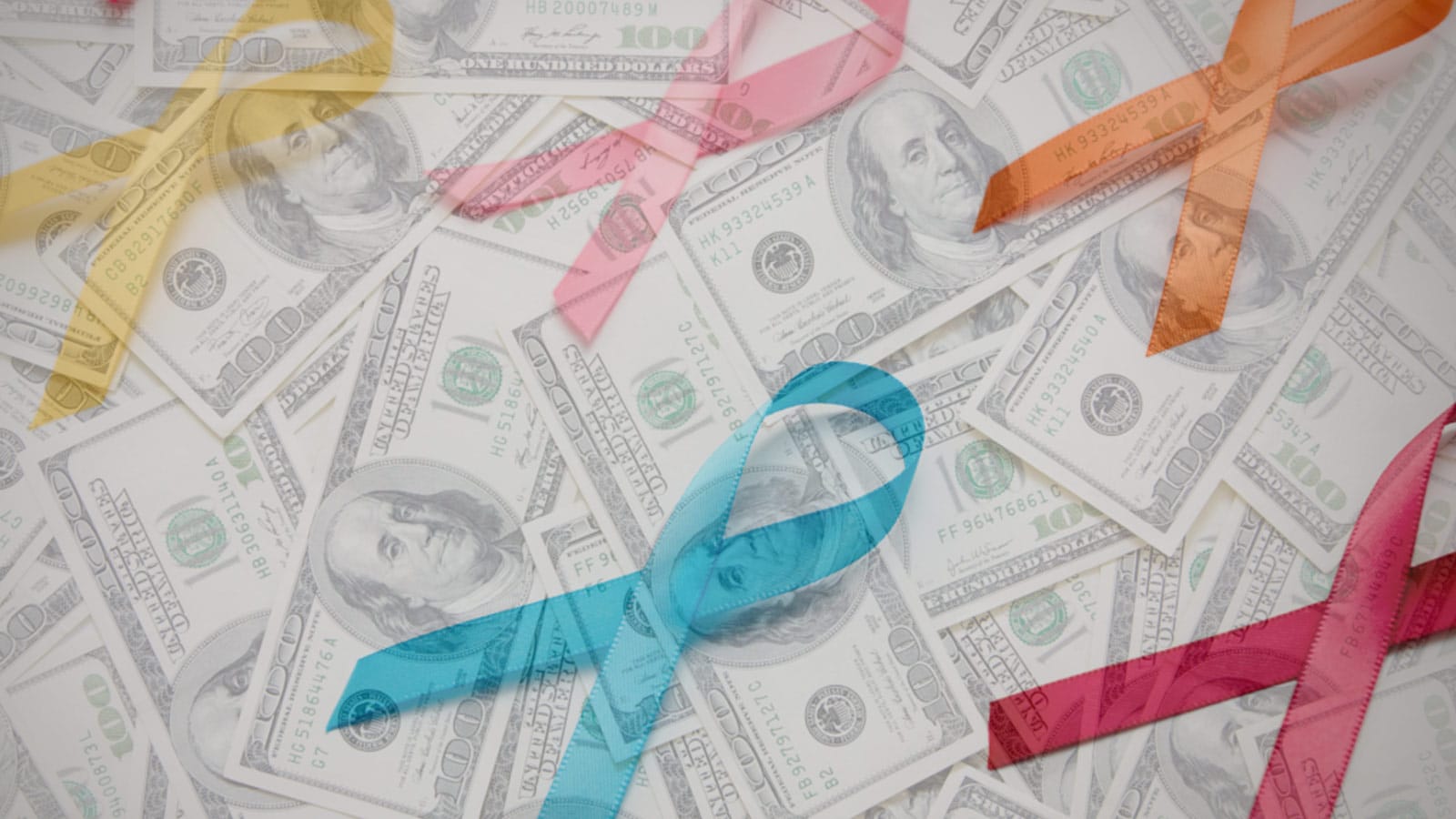
Each year, Americans pour billions of dollars into the fight against cancer. From viral fundraisers to branded merchandise, the public gives generously—hoping their donations might lead to a cure… or at least meaningful progress of some kind.
But the global cancer burden continues to rise. Diagnoses are increasing. Deaths are also increasing. Aggressive “turbo cancers” are striking younger adults in greater numbers. Survivors face brutal long-term effects, while new cases are projected to climb toward 35 million worldwide by 2050:
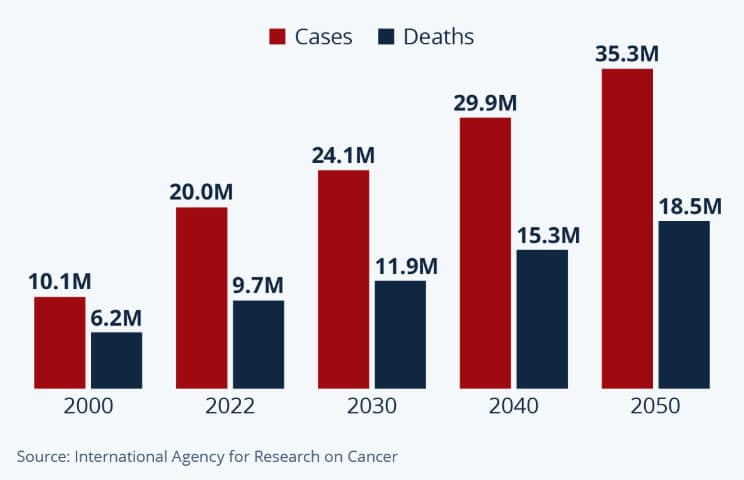
Despite decades of research and spending, we’re far from seeing the breakthroughs we’ve been promised.
So where does all that money actually go?
The $14 Billion Cancer Industry
Between private and public sources, cancer funding in the U.S. now exceeds $14 billion every year.
Private cancer charities collectively raise over $6.8 billion per year.
The $6.8 billion dollar figure includes organizations like the American Cancer Society, Susan G. Komen, Stand Up to Cancer, and others.
Source: Public charity reports + aggregation by sites like Charity Navigator, Forbes’ Top Charities List, and tax filings (Form 990s)
The National Cancer Institute (NCI) receives $7.3 billion annually.
The NCI receives over $7 billion in federal funding each year, with more increases already requested in future budgets. That’s an enormous sum—one that continues to grow year after year:
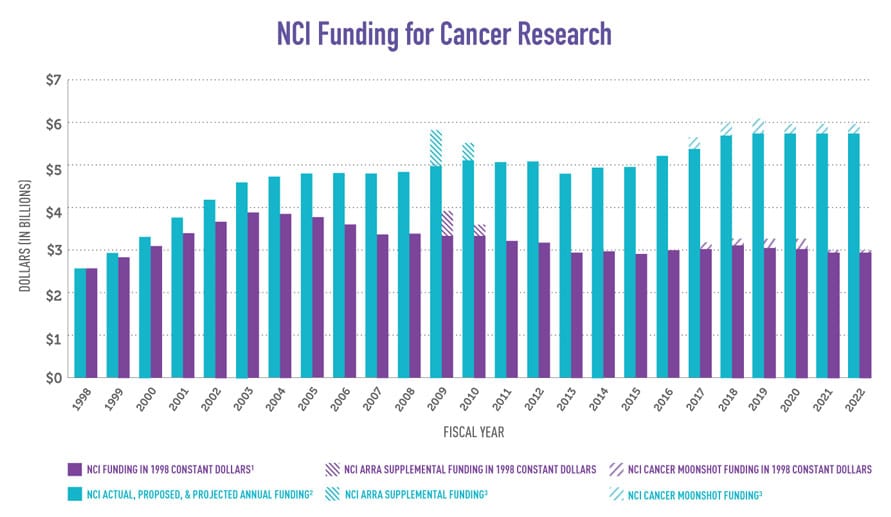
Source: NCI Budget Fact Book | NIH Congressional Justifications
These are not fringe institutions or niche donations. This is the mainstream cancer machine, backed by government appropriations and national fundraising campaigns, all dedicated—at least on paper—to ending cancer as we know it.
But while the money flows upward, outcomes haven’t kept pace.
As a small nonprofit conducting real-world cancer research on a lean budget, we’re not just curious, we’re concerned. Because if this much money isn’t moving the needle in the right direction, something is clearly broken.
Billions Raised. But What Results?
While funding for cancer has exploded, patient outcomes haven’t kept pace.
- Cancer incidence is rising, especially in younger adults and women under 50
- Metastatic and aggressive cancers remain largely untreatable
- Survivors often endure brutal side effects with limited quality-of-life support
- Little funding supports repurposed drugs, metabolic therapies, or integrative approaches that could improve outcomes affordably and safely
Despite the progress we should be making with over $14 billion per year in funding, the system continues to sideline promising, lower-cost strategies—simply because they don’t fit the pharmaceutical or institutional profit model.
Negligible Support for Low-Cost Innovation
Despite strong emerging evidence for:
- Repurposed drugs (like ivermectin, mebendazole, metformin)
- Metabolic therapies
- Nutritional and integrative care
- Individualized, real-world care strategies
…these strategies receive little to no funding from the major players in cancer research. Why? Because they can’t be patented, don’t drive industry profits, and don’t fit neatly into pharma-driven trial models.
A Smarter Approach: What We’re Doing Instead
We’re not a billion-dollar organization. We don’t have pharmaceutical backers. But we are doctors, scientists, and patients who know what’s possible when you look beyond the status quo.
Today (August 2025), we are launching our “Hope in Action: Empowering Cancer Care” campaign, which is designed to fund what actually works:
- Expand Free Resources: Accessible, science-backed guides for patients and families
- Advance Innovative Research: Real-world strategies that prioritize quality of life
- Train Providers: Equip doctors with integrative, patient-centered methods
- Build Community Programs: Preventive education, early intervention, and support
We are focused. We are lean. And of course, we’re already making a difference.
Our Impact So Far
Cancer Care by Dr. Paul Marik
Cancer Care outlines a groundbreaking approach to integrative oncology using repurposed drugs, metabolic support, and patient-specific protocols. Our goal is to empower individuals and their providers with real, actionable strategies.
It’s one of the highest-rated cancer books on Amazon. In fact, Cancer Care is a #1 best seller in the “General” category!
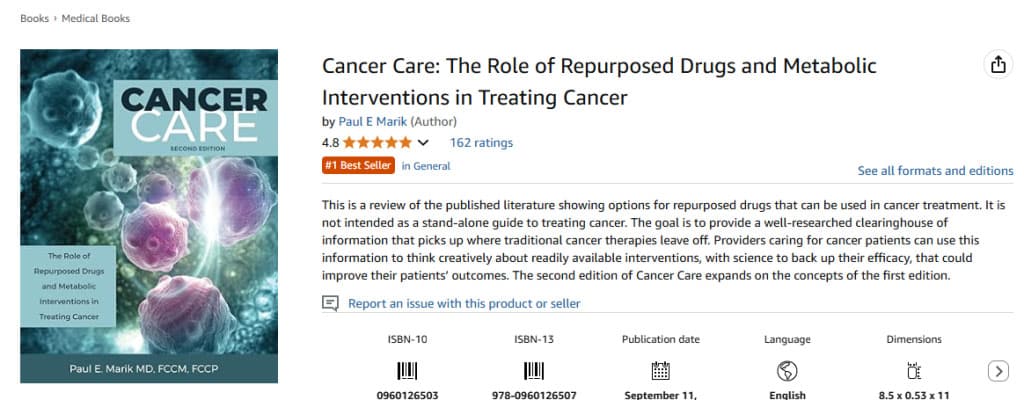
What’s more, Cancer Care has been downloaded 500,000+ times from our website. It’s available entirely free to patients and providers.
The Approach to Repurposed Drugs
Many cancers can be slowed—or even reversed—by targeting cancer stem cell (CSC) pathways using existing drugs in novel combinations. The protocol emphasizes:
- Ivermectin, doxycycline, curcumin, and mebendazole (among others, including lifestyle interventions)
- Two core strategies:
- Limited therapy: Conservative use with conventional care
- Aggressive therapy: High-dose, multi-agent support for aggressive tumors
This individualized model provides hope where none was offered by mainstream oncology.
Stopping the 10 Deadliest Cancers
We’ve outlined how repurposed drugs and metabolic strategies can target the cancers that kill the most people: lung, colorectal, pancreatic, breast, liver, and more.
Webinars, Blog Posts, and Guides
Our library is packed with resources for patients, caregivers, and doctors ready to think differently:
- Post: Alternative Cancer Treatments & Interventions
- Post: Practical Cancer Solutions
- Guide: 12 Metabolic Interventions to Control Cancer
- Guide: 8 Steps to Reduce Your Risk of Cancer
- Webinar: Cancer Care and the Role of Repurposed Drugs
- Webinar: Cancer as a Metabolic Disease
- Webinar: Cancer Research Innovation
Much More to Come!
We’re not done. Not even close.
- Dr. Paul Marik is developing a number of follow-up guides supporting Cancer Care.
- Dr. Kristina Carman is creating new nutritional guides for cancer patients.
- We’re developing our cancer pipeline broadly with community-level prevention tools, physician training platforms, and more.
Help Fund the Team That Delivers
We started this article by asking: Where does all the cancer money go?
Too often, it vanishes into bureaucracy, advertising, or outdated research priorities. But it doesn’t have to be that way.
With just a fraction of the funding, we’ve already created free patient guides, breakthrough protocols, and a global community of doctors and caregivers who are changing lives. Now, we’re asking for your help to scale it.



